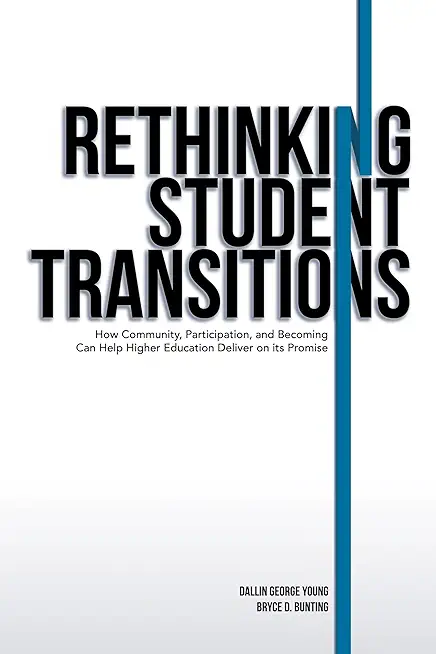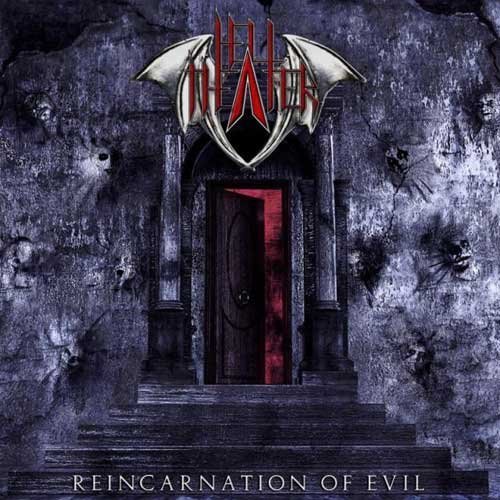
Young, Dallin George
product information
description
ow Community, Participation, and Becoming Can Help Higher Education Deliver on its Promise, presents a reimagined theory of student transitions in college. The authors contend that while previous theorizations have helped move the practice of supporting student success forward through the latter half of the twentieth century, earlier conceptualizations and models have led to an inconsistent and incomplete picture of students' experiences in transition. The book offers both a review and critique of current models of transition and then develops a new conceptual viewpoint based in the ideas of situated learning and transitions as becoming. The second half of the book is dedicated to using this new theoretical perspective to illustrate how higher education professionals can create conditions to support students in transition more intentionally, with a particular view toward supporting historically marginalized students, including racially and ethnically minoritized students, first-generation students, and post-traditional students.
member goods
No member items were found under this heading.
notems store

Scholastic News Leveled Informational Texts: ...
by Scholastic Teacher Resources
Paperback /Paperback$9.74

Return Policy
All sales are final
Shipping
No special shipping considerations available.
Shipping fees determined at checkout.





